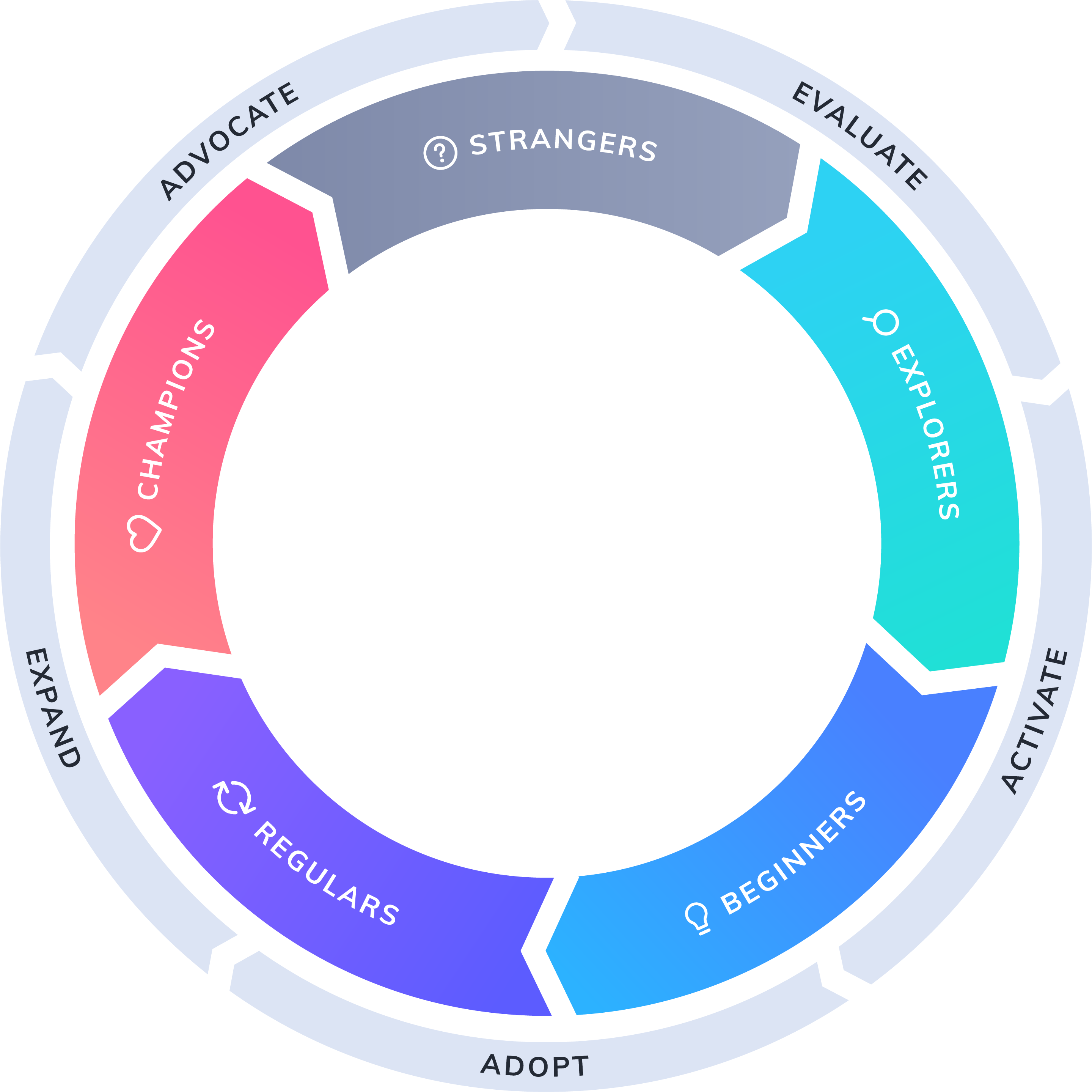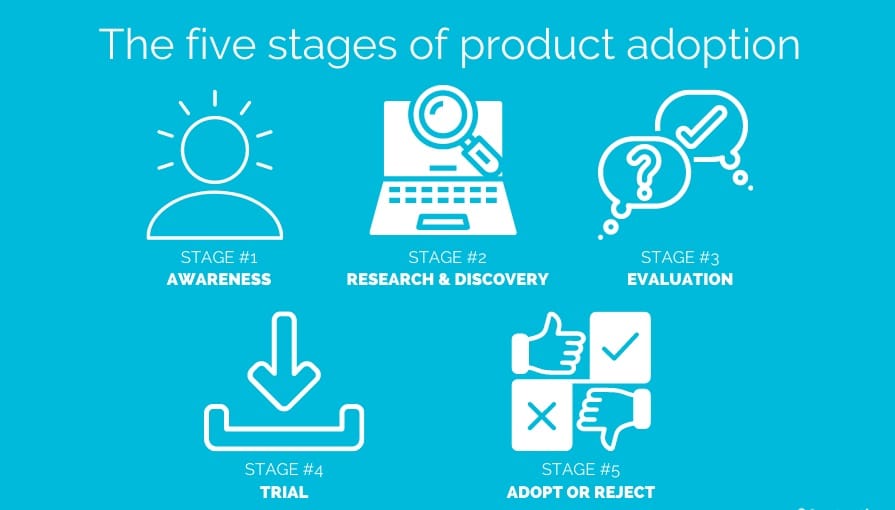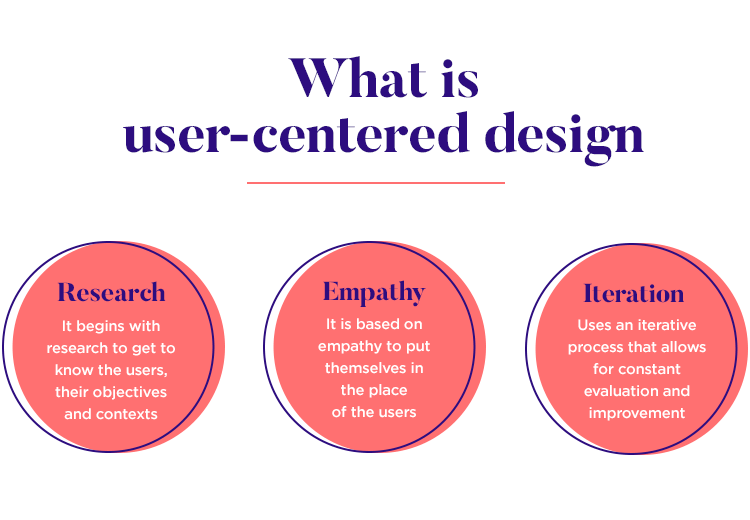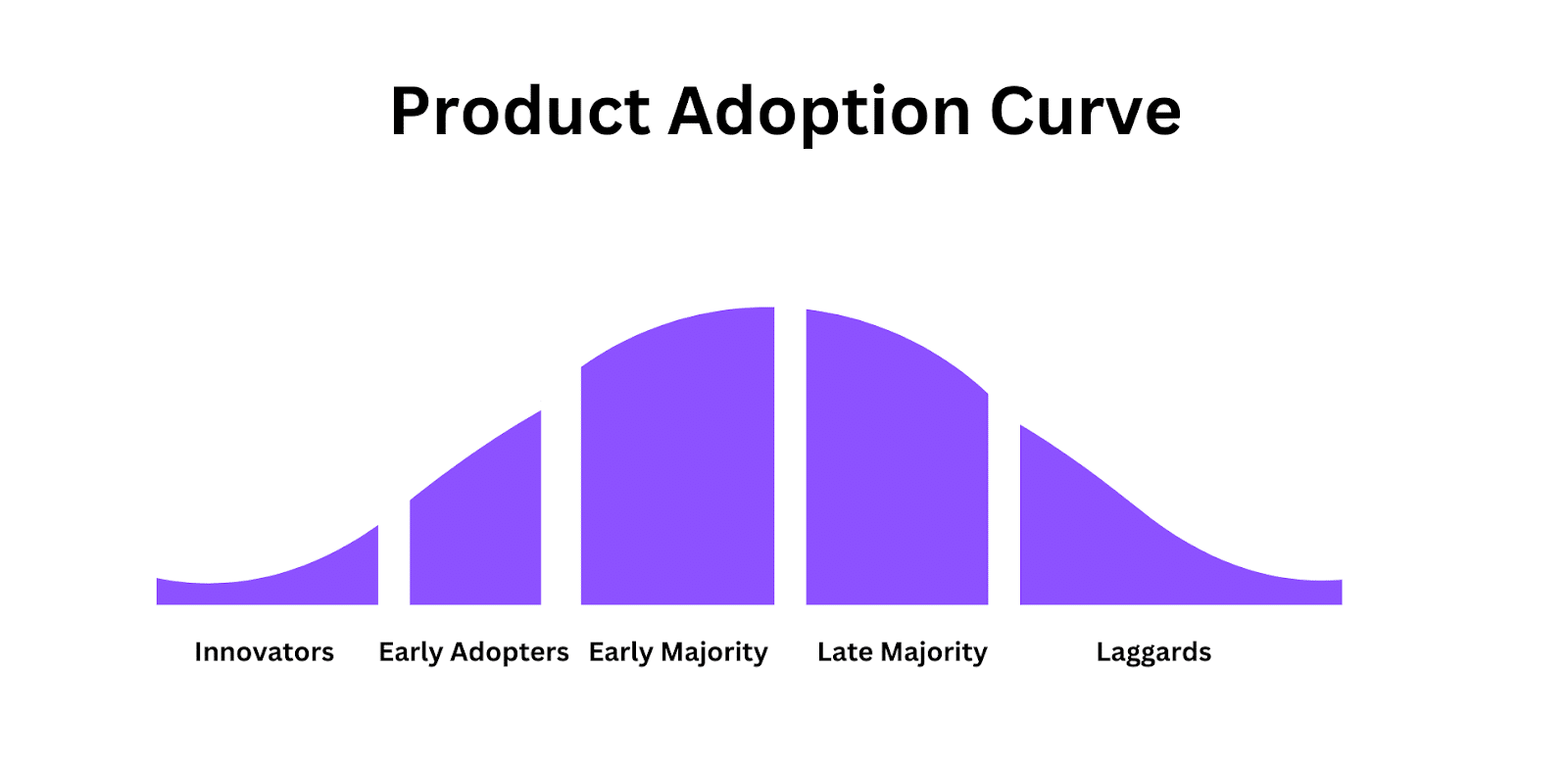Product Adoption Barriers And How To Overcome Them
The road to product adoption is long, winding, and littered with obstacles. Left unchecked, these barriers deter users from embracing new products or innovations, hindering business success.
The first step to overcoming these challenges is knowing that they exist. That’s why in this article, we’ll explore common barriers to product adoption and how to get past them. By understanding and addressing these barriers, businesses can ramp up their product adoption rates and increase their chances of achieving market success.
Table of Contents
- Product adoption overview
- 6 common barriers to product adoption
- Strategies for Overcoming Barriers to Product Adoption
- Product adoption metrics to track
- Conclusion
- Machine Learning In Finance: 12 Essential Applications
- How To Create Interactive Compliance Training For Bank Employees
- How Fintech Apps Are Using Gamification To Increase User Engagement
- Top Gamification Companies for Employee & Customer Engagement
Product adoption overview
Product adoption is the stage where users know enough about a product to start using it for what it was built to do. It describes when users decide to ‘adopt’ a product and even prefer it over other alternative products to accomplish their goals.
The concept seems simple enough, but we must also consider that organisations define “adoption” differently. Measuring product adoption in your business comes down to what qualifies as adoption for your product.
Take Google, for instance. As the world’s largest search engine, the company may define adoption as how many people use Google to search online. Another possible definition is how many people make Google their primary search engine and use it frequently when browsing the web.
Product adoption represents the endpoint of the classic user journey. The product-led growth flywheel below shows that adoption happens in the transition period from beginners to regulars.
If we consider the broader structure, product adoption is just one of five stages, but without it, the journey is never complete.

Product-led growth flywheel | Source: appcues.com
Value-driven action
Product adoption can only be propelled by user action. And what drives users to take action to adopt a product fully is value. Therefore, real product adoption occurs when the product’s value shines through and perfectly aligns with the user’s needs.
For product managers, this means understanding user behaviour and identifying what actions people take that prove they’re deriving value from the product.
Product adoption is the bedrock of business success
If people aren’t adopting your product, you’re not making any sales. No sales mean no money to keep the company operational for long. On the flip side, having strong product adoption rates yields a number of significant benefits. These include:
- Increased revenue and market share — Successful product adoption leads to higher sales and a larger market share. It also makes it easier to attract new customers and retain existing ones.
- Improved customer satisfaction and loyalty — High product adoption rates are a sign that users enjoy your product’s value. This enhances customer loyalty and strengthens overall brand advocacy.
- Improved competitive advantage — Successful product adoption makes a business a stronger competitor against its rivals. Over time, this relative advantage can help the company establish itself as a market leader.
- Improved customer insights — Ramping up your product’s adoption rates often requires a deep understanding of customer behaviour. The more you know what motivates them to take action, the easier it will be to give them products that directly address their pain points.
- Reduced marketing costs — High product adoption means businesses can effectively lower their spending on marketing. As more people adopt a new product, it can generate momentum, reducing the need for costly marketing campaigns.
Product adoption stages
Understanding the various product adoption stages can help shed more light on why obstacles appear in the first place.
The product adoption process is similar to the steps in the customer journey, though with some distinct differences. Regardless of the product type, every user goes through these important stages.

Product adoption stages | Source: alchemer.com
- Awareness stage — This is the first stage of the product adoption process, and it occurs when the user becomes aware that the product exists.
- Research and discovery stage — Also known as the interest stage, the user’s curiosity is piqued, so they take action to learn more.
- Evaluation — This is similar to the consideration stage of the customer journey. Essentially, this is when prospects evaluate the product’s value proposition.
- Trial — This is when the prospect decides to try the product. Basically, they want to check out if the product solves their problem and delivers more value than that of competitors.
- Adopt or reject — This is the make-or-break stage. Does your product’s value proposition outweigh the effort and cost required for the user to adopt it? If yes, they’ll likely switch and begin using the product.
Before going any further, note that product adoption is not just about winning over new users and early adopters. As the company innovates and adds new features or upgrades to the product, existing users must also be convinced to try them out and, hopefully, remain loyal to the brand.
6 common barriers to product adoption
#1. Lack of awareness and knowledge
People won’t adopt your product if they don’t know it exists. They also won’t use a product if they don’t know that they need it.
This lack of knowledge and resulting barrier to product adoption stems from a number of factors. The most common culprits include inadequate marketing efforts, insufficient product education, or lack of trust in the brand.
High market saturation is another reason a product is relatively unknown to its target audience. With intense market competition, newcomers will likely struggle to raise awareness about their products. This undercuts their capacity to drive up adoption rates.
The impact of a lack of awareness on a business can be significant. If people aren’t buying what you’re selling, then the company’s bottom line suffers. Moreover, a lack of awareness can also damage the brand’s reputation. The market may perceive the brand as out of touch or not innovative enough, negatively impacting customer trust.
#2. Resistance to change and fear of the unknown
People won’t adopt your product if they’re satisfied with their current solutions or are unfamiliar with the new product. Some might also resist adopting a product if the transition is too difficult or time-consuming. This causes them to be hesitant to try out new products.
Resistance to change and fear of the unknown can occur at various customer journey stages. It can occur during the initial product launch or when competitors introduce alternative products. Initial poor reviews about the new product’s performance, value, or reliability can also fuel resistance to change and lower adoption rates.
In any case, this production adoption barrier can have serious implications on a business’s health. Consider the resources expended to bring that new or improved product to market only to be met with blatant indifference. That would impact the company’s financial health.
#3. Technical challenges and usability issues
People won’t jump on the product adoption bandwagon if the product is difficult to use. They certainly wouldn’t want to adopt the product either if it does not work as expected due to technical errors.
There are several reasons why this obstacle may arise. For one, it could be due to poor design. Imagine how impractical it would be if vehicle tires were shaped like triangles instead of being round. Poor user design indicates the company’s failure to understand its target market truly. As such, there’s likely to be a chasm between the product’s value proposition versus what people actually need.
Lack of user testing can also result in technical challenges with the product down the line. Perhaps the production process was rushed so there wasn’t enough time to conduct the necessary quality assurance and usability tests. Whatever the case, it can severely impact product adoption.
These issues can often lead to frustrated customers and lost sales. It gets even worse for the company if they don’t have a responsive and knowledgeable support system. This often leads to a flurry of negative reviews that can further harm the company’s reputation.
#4. Cost and budget constraints
This is quite self-explanatory. People won’t be excited to adopt your product if it is too expensive. With global inflation rates still exhibiting chaotic tendencies, cost-consciousness is all the rage among today’s consumers.
Of course, pricing is driven by perceived and actual value. So a product is not necessarily too pricey if it delivers a great deal to users. However, if the product doesn’t demonstrate good value for money, then they will likely hesitate to adopt it.

Value vs price scale | Source: licensingconsultinggroup.com
Cost and budget constraints can significantly impact a business’s revenue. Even more so if its competitors’ products are priced lower. Additionally, if customers perceive the product as too expensive, it can damage its reputation and hinder future sales.
Unfortunately, while it’s easy to identify steep pricing as a potential barrier to product adoption, solving the issue is not so simple. Businesses have to account for production costs and overheads when setting product prices. As such, lowering prices is not always an effective solution.
#5. Trust
People won’t buy from you if they don’t trust your brand — that’s according to over 82% of consumers. Mainly, people want the assurance that a product is safe to use and that it does what you say it does.
Trust is a critical factor for products that involve some physical risk. For instance, if your business sells motorcycles, there must be a certain degree of trust in the machine’s safety and its components.
Trust is also a big factor for digital products and services that may require access to confidential user info.
Let’s say you’re developing a mobile that requires knowing certain user info like current location, ID submission, email, etc. People will want to know they can trust you not to misuse such privileged information. They’ll think twice about using the app if that trust is not there.
While building trust, be careful about certain actions that can ultimately lead to distrust. Businesses often make the mistake of overstating the value proposition of their product in their marketing messages. Today’s consumers have learned to distrust such messages and would rather check out user-generated content, such as reviews and testimonials.
#6. Accessibility
People are generally unwilling to become regular product users if it is largely inaccessible. In an age where people can get food and other consumer items delivered right to their doorstep, no one wants to jump through hoops to get a product.
Look at solar energy systems, for example. Despite the many benefits of switching to solar, the residential adoption rate in the UK is just a little over 4%. One reason for this is poor accessibility. There’s a lot of work involved with transporting, correctly installing, and maintaining the solar panels.
That being said, products with a high degree of value might still enjoy high adoption despite low accessibility. For instance, a person strapped for cash would willingly go to an ATM to get some money even if the nearest machine is far from them. So at the end of the day, it all comes down to the product’s value.
Strategies for Overcoming Barriers to Product Adoption
There are several strategies that businesses can employ to overcome obstacles and improve product adoption. Executed properly, these strategies can help a brand attract more potential customers and create more loyal customers.
Education and awareness campaigns
To get users to adopt your product, first, they must be made aware that the product exists. The best way to do this is to educate your target audience and drive product visibility through effective awareness campaigns.
Content marketing is crucial here. It involves creating and distributing relevant, valuable, and engaging content for a specific target audience. Usually, this means highlighting the product’s benefits and any particular feature that will most appeal to that audience.
According to HubSpot, good content marketing has three critical metrics — sales, web traffic, and social engagement. If these figures are low, then it’s a clear sign that your content marketing strategy could use a revamp. In doing so, you can overcome the product adoption barrier related to a lack of awareness.
User-centred design and user testing

Principles of user-centred design | Source: justinmind.com
User-centred design is all about optimising the user experience. Companies that are intentional and strategic about user experience can improve conversion rates by up to 400%.
It should be as simple as possible for people to use your product. But perhaps more importantly, the product must squarely address customers’ pain points and then some.
Of course, this requires a complete understanding of what today’s users expect. These needs and expectations tend to evolve over time, especially with advancements in user technologies. As the product manager, it falls on you to create that perfect harmony between design and function to enhance the user experience.
User testing is also important in overcoming product adoption barriers. There is much new, valuable information to be gained from letting potential users test the product and give objective feedback. Product teams can then use these insights to make data-backed product improvements.
Pricing optimization
Evaluating and optimising your pricing strategy is a great way to increase adoption. Start by analysing customers’ needs, preferences, and purchasing behaviour. Understanding customer value perceptions can help you create a competitive pricing strategy that provides value for money.
In determining the right price strategy, look at the total cost required to ideate, create, market, and deliver the product. As a business, the primary goal is to make a profit, so additional margins must also be considered.
There are different ways to approach pricing strategy. Take Apple, for example. The company uses value-based pricing. This means that they price their products based on their value to the customer. This approach has allowed them to maintain high-profit margins while offering products at a premium price.
On the other hand, Amazon employs dynamic pricing. This means it optimises prices based on customer demand and competition. By analysing user behaviour and market patterns, Amazon can adjust its prices to maximise revenue and attract new customers.
Increased user engagement
Ramping up user engagement levels is a surefire way to improve product adoption. Highly engaged users are more likely to interact frequently with the product and increase their level of investment in it.
One of the best ways to boost user engagement is through a well-thought-out gamification strategy. Gamification involves incorporating game elements, such as rewards, challenges, and leaderboards, into non-game contexts. Businesses can make their products more engaging and motivate users to use them more frequently.
A recent study shows that over 93% of marketers love gamification and utilise it in creating effective marketing campaigns.
One example of a business that has successfully used gamification to drive user engagement and, by extension, product adoption is Duolingo. This language-learning app incorporates game elements such as point-scoring, badges, and leaderboards into its language lessons, making learning more enjoyable and engaging for users.
This has been great for attracting more users to the platform. At the time of writing, Duolingo has over 100 million downloads on the Google Play Store alone.
Read also — 5 Most Important User Engagement Metrics To Track In 2023
Personalised experiences
Generally speaking, there are five user adoption categories. These are
- Innovators
- Early adopters
- Early majority
- Late majority
- Laggards
Together, they make up what is known as the product adoption curve.

Product adoption curve | Source: scribehow.com
They may share common pain points, but their unique needs and challenges are different because they’re at various customer journey stages.
The product’s value proposition must be clear and unique to each category to improve product adoption and achieve greater customer success. For instance, it wouldn’t make sense to use the same message to target new users and also to target existing customers.
By creating personalised experiences, companies can ensure they deliver the right message to the designated target audience and boost customer retention.
Streamlined onboarding process
Optimising the user onboarding experience is key to improving your company’s product adoption rate. When users complete the onboarding stage, there should be no lingering doubt about the product quality and the unique value it delivers.
The goal is to provide a tailored user onboarding flow based on their specific goals and needs. This can include personalised welcome messages, customised product walkthroughs, and targeted messaging based on user actions.
Successful onboarding can lead to improved customer retention and increased customer satisfaction. According to research published by Userpilot, over 63% of customers think excellent onboarding is critical to adopting a product. If the onboarding process is complicated, 74% of potential customers say they will switch to a different brand offering the same solution.
Product adoption metrics to track
There are several key metrics that businesses should track to determine the success of their product adoption efforts. Some of the most important metrics to measure product adoption include:
- Product Qualified Leads (PQLs) — These leads have already demonstrated an interest in a product by actively using it, often through free trials or a freemium model. Because of this initial experience, these leads are more likely to convert to paying customers than traditional leads.
- Customer Lifetime Value (CLV) — This metric measures the total value a customer will bring to a business over their entire relationship. By understanding the average lifetime value derived from customers, companies can make data-driven decisions to drive customer acquisition and retention.
- Time to Value (TTV) — This refers to how long it takes for a user to experience the value of a product after first signing up or making a purchase. It is an important metric to track as it can impact customer satisfaction and their likelihood of becoming loyal customers.
- Conversion rate — This measures the percentage of users who have converted from free or trial users to paying customers. It is an important metric to track as it directly impacts the business’s revenue.
- Churn rate — This measures the percentage of users who have stopped using the product over a given period of time. It is an important metric to track as it can indicate product usability or value issues.
Conclusion
Widespread adoption is a crucial goal for any serious business. If your company has been struggling to drive sales and retain existing customers, it may be time to overhaul your approach to product adoption.
Successfully incorporating these strategies can help you create a new product adoption process that caters to customers’ needs and expectations. In turn, this can drive users to take the key action that converts them from prospects to paying customers.
Download your free
“Gamification Guide”
Get your PDF now and start transforming your approach to digital engagement!
Latest Posts
Machine Learning In Finance: 12 Essential Applications
The impact of machine learning on finance is significant. Thanks to this technology, financial institutions are now equipped to make efficient decisions. Through the analysis of data sets, machine learning […]
How To Create Interactive Compliance Training For Bank Employees
Banking compliance training isn’t just another task. It’s the stage where everything else performs. Banks must navigate a myriad of regulations and laws. After all, this is a trust-driven, high-stakes […]
How Fintech Apps Are Using Gamification To Increase User Engagement
Discover how gamification in fintech is revolutionizing financial engagement, making banking fun & boosting user loyalty.





